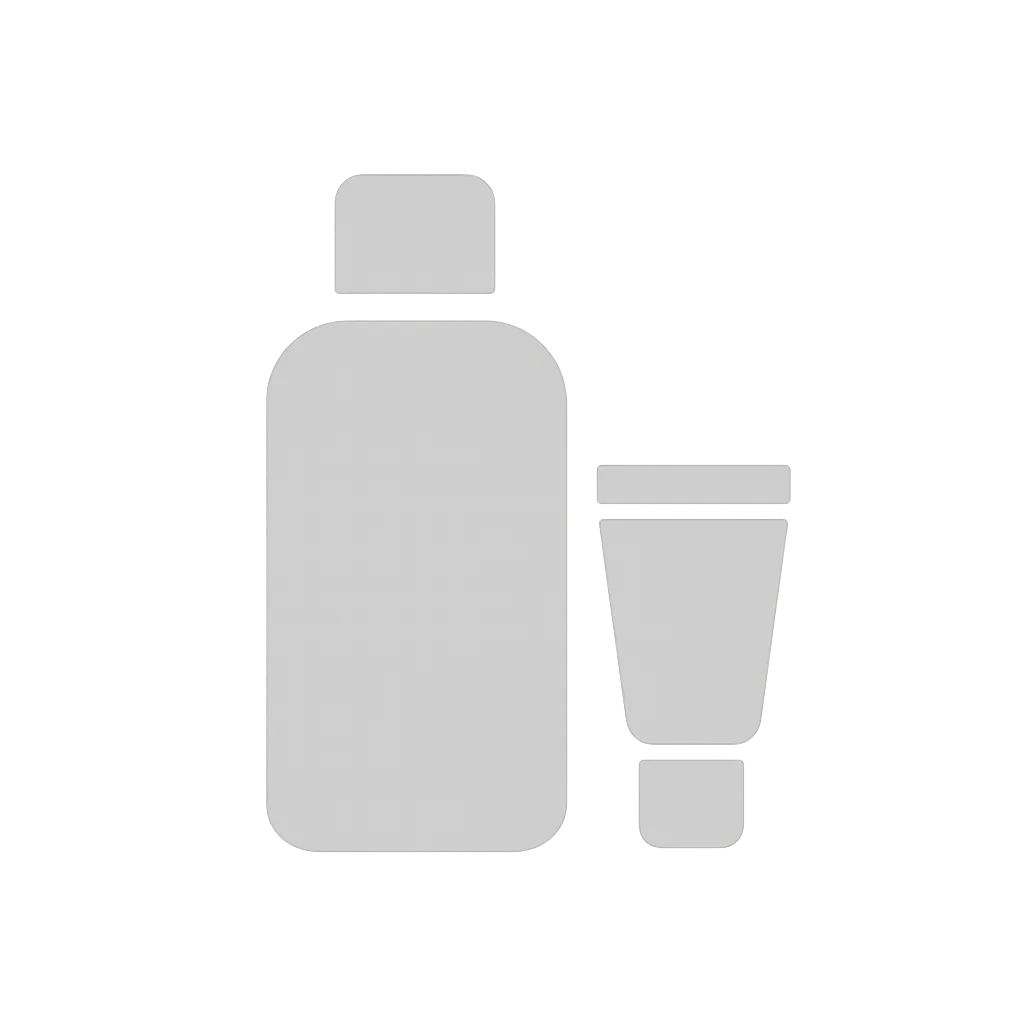What's inside
What's inside
 Key Ingredients
Key Ingredients

 Benefits
Benefits

 Concerns
Concerns

 Ingredients Side-by-side
Ingredients Side-by-side

Water
Skin ConditioningCetearyl Alcohol
EmollientBehentrimonium Chloride
PreservativeCetyl Esters
EmollientLactic Acid
BufferingArginine
MaskingTrideceth-6
EmulsifyingChlorhexidine Digluconate
AntimicrobialLimonene
PerfumingBenzoic Acid
MaskingPanthenol
Skin ConditioningAmodimethicone
Isopropyl Alcohol
Solvent2-Oleamido-1,3-Octadecanediol
Skin ConditioningBiotin
AntiseborrhoeicCetrimonium Chloride
AntimicrobialParfum
MaskingCeramide AP
Skin ConditioningWater
Skin ConditioningAlcohol Denat.
AntimicrobialDiaminopyrimidine Oxide
Skin ConditioningAmmonium Polyacryloyldimethyl Taurate
Emulsion StabilisingAminomethyl Propanol
BufferingCitric Acid
BufferingPEG-40 Hydrogenated Castor Oil
EmulsifyingPiroctone Olamine
PreservativeCaffeine
Skin ConditioningArginine
MaskingLimonene
PerfumingNiacinamide
SmoothingPyridoxine Hcl
Skin ConditioningLinalool
PerfumingSafflower Glucoside
Benzyl Salicylate
PerfumingCoumarin
PerfumingCitral
PerfumingBenzyl Alcohol
PerfumingXylitylglucoside
HumectantCitronellol
PerfumingBenzyl Benzoate
AntimicrobialAnhydroxylitol
HumectantXylitol
HumectantZingiber Officinale Root Extract
MaskingResveratrol
AntioxidantTocopherol
AntioxidantBHT
AntioxidantSodium Citrate
BufferingParfum
MaskingWater, Alcohol Denat., Diaminopyrimidine Oxide, Ammonium Polyacryloyldimethyl Taurate, Aminomethyl Propanol, Citric Acid, PEG-40 Hydrogenated Castor Oil, Piroctone Olamine, Caffeine, Arginine, Limonene, Niacinamide, Pyridoxine Hcl, Linalool, Safflower Glucoside, Benzyl Salicylate, Coumarin, Citral, Benzyl Alcohol, Xylitylglucoside, Citronellol, Benzyl Benzoate, Anhydroxylitol, Xylitol, Zingiber Officinale Root Extract, Resveratrol, Tocopherol, BHT, Sodium Citrate, Parfum
Ingredients Explained
These ingredients are found in both products.
Ingredients higher up in an ingredient list are typically present in a larger amount.
Arginine is an amino acid that is important for human development. Your body uses is it to produce hair keratin and skin collagen.
As a cosmetic ingredient, Arginine has antioxidant properties and can also help repair damaged skin. This ingredient is derived either synthetically or from animals.
Arginine isn't fungal acne safe when used in the presence of other lipids (fats, fatty acids, oils, esters, etc). Oils and fats occur naturally within the skin, so take caution when using Arginine if you're prone to fungal acne.
Learn more about ArginineLimonene is a fragrance that adds scent and taste to a formulation.
It's found in the peel oil of citrus fruits and other plants such as lavender and eucalyptus. The scent of limonene is generally described as "sweet citrus".
Limonene acts as an antioxidant, meaning it helps neutralize free radicals.
When exposed to air, oxidized limonene may sensitize the skin. Because of this, limonene is often avoided by people with sensitive skin.
The term 'fragrance' is not regulated in many countries. In many cases, it is up to the brand to define this term. For instance, many brands choose to label themselves as "fragrance-free" because they are not using synthetic fragrances. However, their products may still contain ingredients such as essential oils that are considered a fragrance.
Learn more about LimoneneParfum is a catch-all term for an ingredient or more that is used to give a scent to products.
Also called "fragrance", this ingredient can be a blend of hundreds of chemicals or plant oils. This means every product with "fragrance" or "parfum" in the ingredients list is a different mixture.
For instance, Habanolide is a proprietary trade name for a specific aroma chemical. When used as a fragrance ingredient in cosmetics, most aroma chemicals fall under the broad labeling category of “FRAGRANCE” or “PARFUM” according to EU and US regulations.
The term 'parfum' or 'fragrance' is not regulated in many countries. In many cases, it is up to the brand to define this term.
For instance, many brands choose to label themselves as "fragrance-free" because they are not using synthetic fragrances. However, their products may still contain ingredients such as essential oils that are considered a fragrance by INCI standards.
One example is Calendula flower extract. Calendula is an essential oil that still imparts a scent or 'fragrance'.
Depending on the blend, the ingredients in the mixture can cause allergies and sensitivities on the skin. Some ingredients that are known EU allergens include linalool and citronellol.
Parfum can also be used to mask or cover an unpleasant scent.
The bottom line is: not all fragrances/parfum/ingredients are created equally. If you are worried about fragrances, we recommend taking a closer look at an ingredient. And of course, we always recommend speaking with a professional.
Learn more about ParfumWater. It's the most common cosmetic ingredient of all. You'll usually see it at the top of ingredient lists, meaning that it makes up the largest part of the product.
So why is it so popular? Water most often acts as a solvent - this means that it helps dissolve other ingredients into the formulation.
You'll also recognize water as that liquid we all need to stay alive. If you see this, drink a glass of water. Stay hydrated!
Learn more about Water